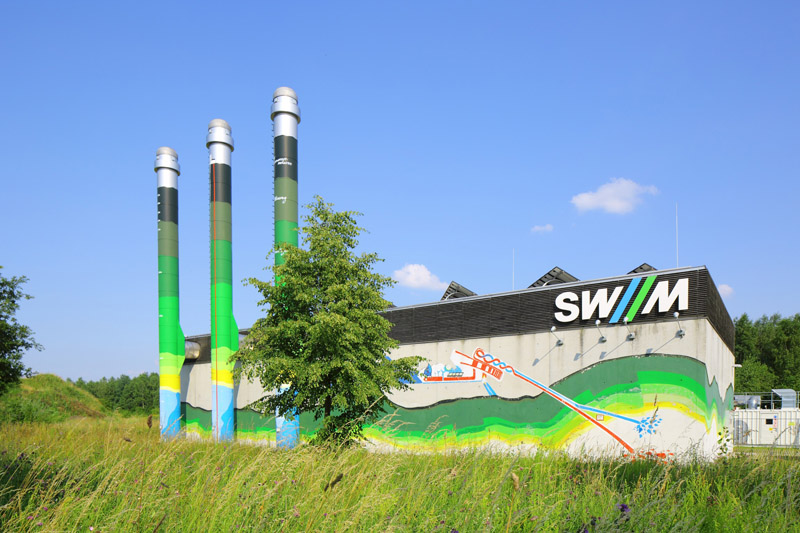SWM looking at additional location for geothermal heating plant in Munich, Germany

The public utility of the city of Munich, SWM, is looking at a site for a new geothermal heating plant in the southeast of Munich that could potentially provide heat for up to 80,000 people.
The city utility for the city of Munic, Stadtwerke München (SWM) has announced plans to start a new geothermal project in the southeast of the city, which is to supply 80,000 Munich with CO?-free heat, so reported by newspaper Sueddeutsche Zeitung.
A possible location is the sunbathing area of ??the Michaelibad, as SWM spokesman Michael Solic confirms.
There is already occasional public dissent in the southeast of Munich due to possible new facilities for heat generation. The potential of a 60m high drilling rig to drill to a depth of 3,000 meters might raise more than some eyebrows of the local neighbours, as described by Sueddeutsche Zeitung..
It is though still unclear whether this scenario will become a reality, but it is quite possible.
The potential project came up at a recent meeting of the City Counci’s Planning Committee. According to an SWM presentation , the project forsees a “geothermal well, then further use of the outdoor pool with a small underground technical building”. The city has decided that the public utility company would have to significantly reduce the amount of coal burned in order to protect the climate.
This is an additional incentive for SWM to want to use geothermal energy in the southeast. The search for this, however, runs independently of the north heating plant, explains spokesman Solic. “We are pursuing the goal of making district heating CO?-free by 2040.” Simply put, geothermal energy pumps hot water up from the ground. The energy is extracted from the water via heat exchangers and fed into the district heating network. The cooled water that is no longer required is returned to the earth.
In deviation from the planning presentation, the SWM spokesman emphasizes that the Michaelibad is not a planned, but a “possible location”. When looking for “20 locations in closer inspection”. One is the Michaelibad. “Possible effects on swimming operations that geothermal energy in the outdoor swimming pool area could have are part of the study.”
“On the basis of the data known to us”, it is assumed that a plant in this area of ??the city “could have a similar output to that currently being built” at the southern heating plant, which should supply 80,000 Munich residents from the end of 2020. It will be the “most powerful and largest geothermal plant in Germany to date,” says SWM, which currently operates two plants in the city: in Riem and in Freiham.
The orientation towards the southern part of Munich is related to the geological conditions. There, the water in the subsoil is hotter and therefore more suitable for extracting useful heat. That is why there are already geothermal plants in the southern district of Munich, for example in Sauerlach and Dürrnhaar. The district is also to be expanded. Another factor that speaks in favor of the SWM for the south-eastern urban area is “the already existing, very good network situation. We do not have to lay kilometers of new district heating pipes there”, as spokesman Soli? says.
The city council recently commissioned the administration and SWM to carry out a study to investigate what is required to supply Munich with heat as early as 2035 and not as previously planned in 2040 as CO40-free. “The results of this study will also have an impact on the further expansion of geothermal energy use in Munich,” explains Soli?. So there could still be some geothermal energy in the next few years.
Source: Sueddeutsche Zeitung